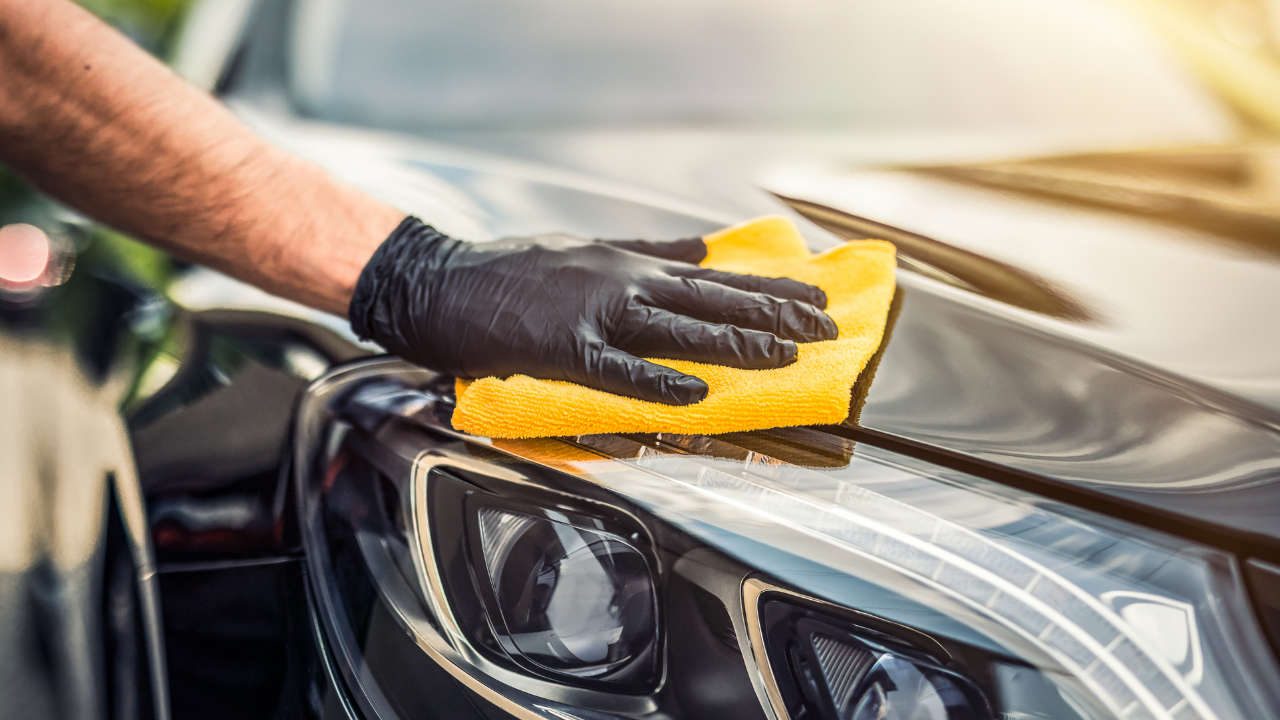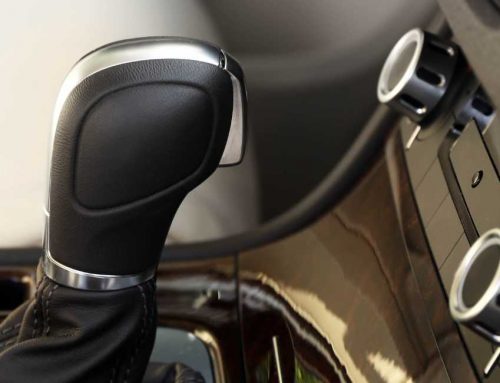Owning a car is not only a convenience but also a responsibility. To ensure your vehicle performs at its best and remains reliable, regular car maintenance is crucial. By following these ten essential car maintenance tips, you can keep your vehicle in top shape and enjoy a safe and smooth driving experience for years to come.
Check Tire Pressure Regularly
One of the most critical aspects of car maintenance is checking tire pressure regularly. Properly inflated tires ensure optimal fuel efficiency, improve handling, and extend tire life. Use a tire pressure gauge to measure the pressure and adjust it to the recommended levels specified by the manufacturer. Remember to check the spare tire pressure as well.
Change Engine Oil and Filter
Regular oil changes are essential for maintaining a healthy engine. Engine oil lubricates the moving parts and helps dissipate heat. Over time, the oil breaks down and becomes less effective, potentially leading to engine damage. Change the engine oil and filter at regular intervals as recommended by your vehicle’s manufacturer.
Inspect and Replace Worn-out Belts and Hoses
Belts and hoses play a vital role in the proper functioning of various components in your car, such as the alternator, power steering pump, and air conditioning compressor. Regularly inspect them for signs of wear, cracks, or leaks. Replace any worn-out belts or hoses to prevent potential breakdowns.
Keep the Battery in Good Condition
A healthy battery ensures your car starts reliably. Check the battery terminals for corrosion and clean them if necessary. Inspect the battery for any signs of damage or leakage. If your battery is more than three years old or shows signs of weakness, consider replacing it to avoid unexpected battery failure.
Maintain Proper Fluid Levels
Various fluids, including coolant, brake fluid, power steering fluid, and windshield washer fluid, are essential for your car’s optimal performance. Regularly check and maintain the proper fluid levels as recommended in your vehicle’s owner’s manual. Insufficient fluid levels can lead to overheating, poor braking performance, or other issues.
Replace Worn-out Brake Pads
Brake pads wear down over time and require replacement to ensure effective braking. Inspect your brake pads regularly and look for signs of thinning or excessive wear. Squealing or grinding noises while braking can also indicate worn-out brake pads. Replace them promptly to maintain optimal braking performance.
Clean and Replace Air Filters
Air filters prevent dirt, dust, and debris from entering your car’s engine, ensuring clean airflow. Over time, filters become clogged, affecting engine performance and fuel efficiency. Clean or replace air filters as recommended by your vehicle’s manufacturer to keep the engine running smoothly.
Inspect and Rotate Tires
Regular tire inspections are crucial for safe driving. Check your tires for signs of wear, such as uneven tread wear or bulges. Rotate your tires regularly to promote even wear and extend their lifespan. Properly aligned and balanced tires provide better traction, handling, and fuel efficiency.
Check and Replace Worn-out Wiper Blades
Clear visibility is essential for safe driving, especially during rain or snow. Inspect your wiper blades for any signs of deterioration, such as streaking or skipping. Replace them if necessary to ensure effective windshield clearing during adverse weather conditions.
Regularly Clean and Wax Your Car
Maintaining the appearance of your car not only enhances its visual appeal but also protects the paintwork. Regularly wash your car to remove dirt, dust, and road grime. Applying wax adds a protective layer and helps prevent paint damage due to UV rays, oxidation, and contaminants.
Conclusion
Proper car maintenance is crucial for the longevity and performance of your vehicle. By following these ten car maintenance tips, you can ensure your car remains in optimal condition, enhance safety, and save on potential repair costs. Remember, a well-maintained car not only provides a smooth and enjoyable driving experience but also contributes to a safer road environment.





